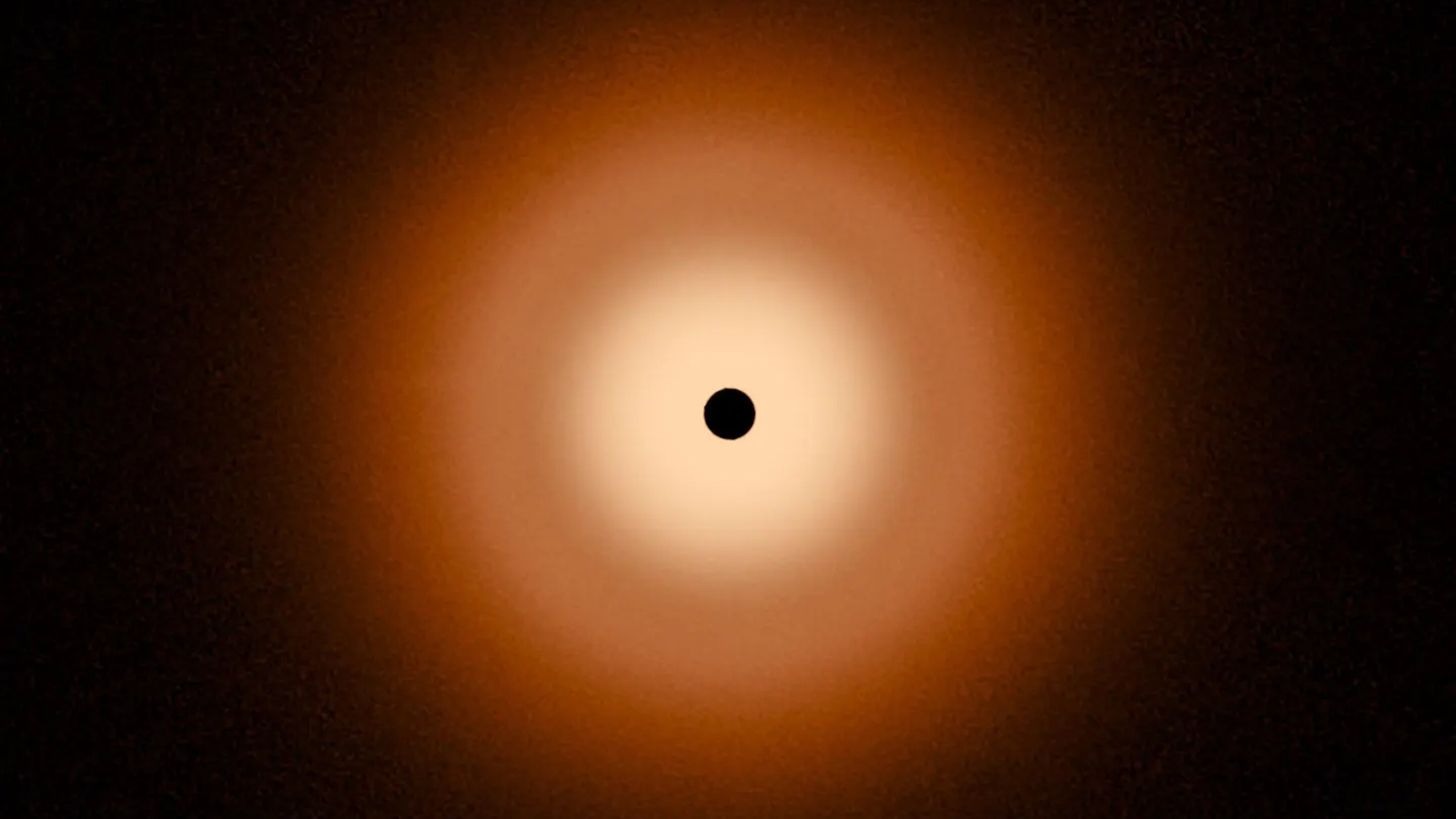Remote Sensing, Vol. 15, Pages 3081: Analysis on BDS-3 Autonomous Navigation Performance Based on the LEO Constellation and Regional Stations
Remote Sensing doi: 10.3390/rs15123081
Authors: Baopeng Xu Xing Su Zhimin Liu Mudan Su Jianhui Cui Qiang Li Yan Xu Zeyu Ma Tao Geng
The global navigation satellite system (GNSS) is developing rapidly, and the related market applications and scientific research are increasing. Studies based on large low Earth orbit (LEO) satellite constellations have become research hotspots. The global coverage of the LEO constellation can reduce the dependence of navigation satellites on ground-monitoring stations and improve the precise orbit determination (POD) accuracy of navigation satellites. In this paper, we simulate various LEO satellite constellations (with 12, 30, and 60 satellites), along with ground stations’ observation data, to examine the impact of LEO satellites on the precision of the BeiDou-3 Global Navigation Satellite System (BDS-3) in terms of its POD accuracy. Using the simulated observation data of both LEO satellites and ground-monitoring stations, we analyze the integrated orbit determination for the LEO and BDS-3 satellites. The findings reveal that the 3D orbital accuracy of BDS-3 is 9.51 dm by using only seven ground-monitoring stations, and it is improved to a centimeter level after adding the LEO constellations. As the number of LEO constellation satellites increases, the impact on improving accuracy gradually diminishes. In terms of time synchronization accuracy in the BDS-3, compared to the results of clock offset using only ground stations, the addition of 12 LEO satellites resulted in an improvement of 49% for RMS1(root mean square) and 52% for RMS2 (standard deviation), the addition of 30 LEO satellites resulted in an improvement of 66% for RMS1 and 70% for RMS2, and the addition of 60 LEO satellites resulted in an improvement of 87% for RMS1 and 90% for RMS2. The integrated orbit determination of the LEO and BDS-3 satellites constellation greatly improves the accuracy of time synchronization. In addition, we also use simulated inter-satellite link (ISL) data to perform enhanced BDS-3 satellites POD and time synchronization experiments. The experiments showed that the orbit determination accuracy of the seven sta (seven stations) and ISL scheme is comparable to that of the seven sta and LEO12 scheme, and that the time synchronization accuracy of the seven sta and ISL scheme is slightly worse. The preliminary experiments showed that the LEO satellite could enhance the orbit determination accuracy of BDS-3 and obtain a higher time synchronization accuracy.

 1 year ago
53
1 year ago
53


